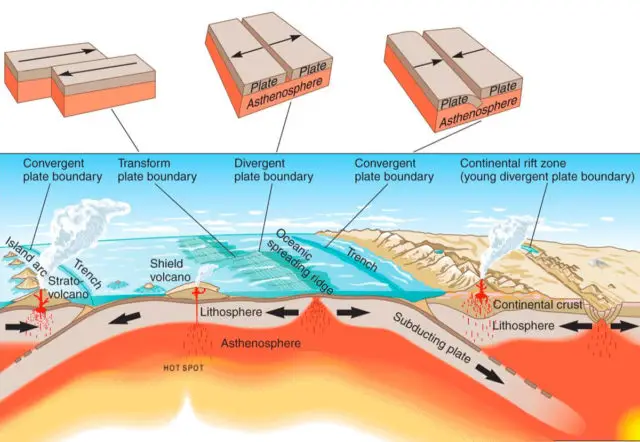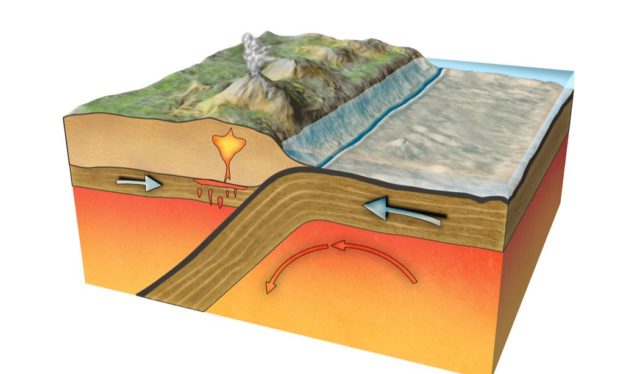In order to understand the following article, it is first necessary to share with you a brief explanation about a tectonic plate, which is a fragment of the relatively rigid lithosphere that moves over the asthenosphere. It is similar to a plastic area in the upper mantle of the Earth’s layer.

The tectonic plates that affect Costa Rica are the Caribbean and the Coconut. The Coconut’s plate sinks (subsumes) under the Caribbean plate and, during this process, it is when most of the earthquakes that affect us are generated.
Also, the Deformed Belt of Northern Panama (CDNP) is distinguished as a system associated with the fault caused by the Limon earthquake in 1991. The Panama Fracture Zone (ZFP) is a fault system with a large north-south direction seismic activity.
The Coconut’s plate will have an impact on the seismic behavior because the energy tends to concentrate around the underwater “mounds”; as the Coconut’s plate sinks under our country, the pressure increases, producing an abrupt movement, called an earthquake.
What is a fault?
Faults are breaks in the rocks along which the movement has taken place (movement of blocks on both sides). The origin of this movement is tectonic forces in the earth’s crust, which cause breaks in the lithosphere.

These zones store effort for a more or less prolonged time, deforming to the environment until the time comes that the forces of both blocks are so great that they end up moving suddenly.
When this occurs, seismic waves are generated that propagate in all directions, then producing the earthquake.
Therefore, where these faults or tectonic plates exist with the epicenter of terrestrial malformations that, when colliding, produce seismic movements and can reach an earthquake of great magnitude by changing the Earth’s morphology.
Basically, there are 3 types of faults:
Normal
This type of fault is characterized by the fact that one of its blocks (roof) falls under the action of gravity (the floor is up) and the tectonic forces act by dilating or expanding the medium perpendicularly to the fault.
Reverse
This type of fault is characterized in that one of its blocks (roof) is pushed up due to the compression forces acting on the crust. Tectonic forces act by compressing the medium perpendicularly to the fault.
For example, the Limón earthquake that took place in 1991 was caused by a type of reverse fault. The survey on the coast -of approximately 1 meter that is observed today- was because the block of the fault that arose corresponded to the side where the Costa Rican territory is located.
Longitudinal
This is the type of fault that occurs when tectonic forces act in the opposite direction on both sides of the fault but parallel to it. As a consequence, the blocks are displaced horizontally.

Throughout all faults, some areas have a higher concentration of energy than others, the hypocenter being the point where the rupture begins and from which the waves propagate, but this is not necessarily the point from which the greatest amount of energy from an earthquake is radiated.
When an earthquake occurs, seismic waves propagate in all directions starting from the hypocenter. However, not all types of waves are the same since there are important differences between them, body waves always appear in seismograms, surface waves only appear in those records of earthquakes whose hypocenter has not been very deep.
Earthquakes have their origin -at a certain depth- at a point called the hypocenter. From there, seismic waves propagate in all directions. The point projected on the surface, directly on the hypocenter, is called the epicenter; that is, the place from which the seismic waves radiate to adjacent areas.
A scarp of fault is the rupture produced by the fault on the surface, but it does not always occur. Faults that do not show that they have broken the surface. When an earthquake occurs, they are called blind faults and are perhaps the most dangerous because there are no visual signs of their existence.
If this type of fault exists, citizens must be informed to be alert as it generates more danger due to its rupture under the Earth’s crust and is not captured visually.

